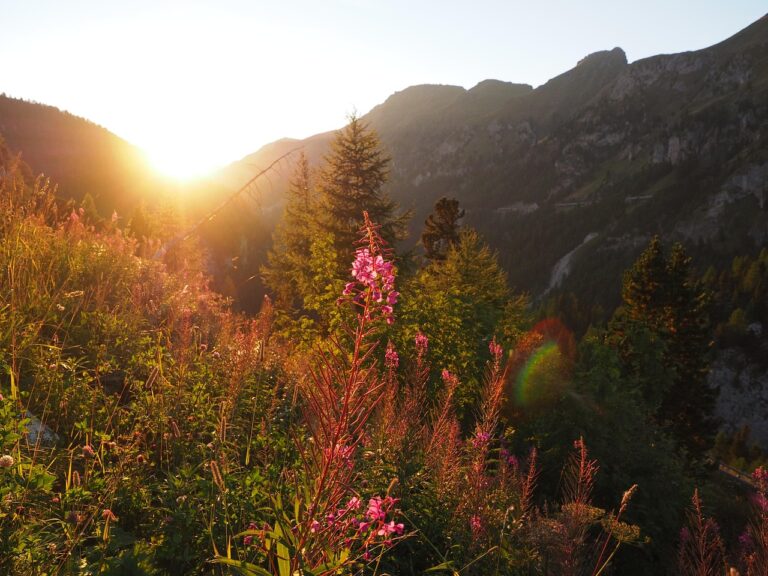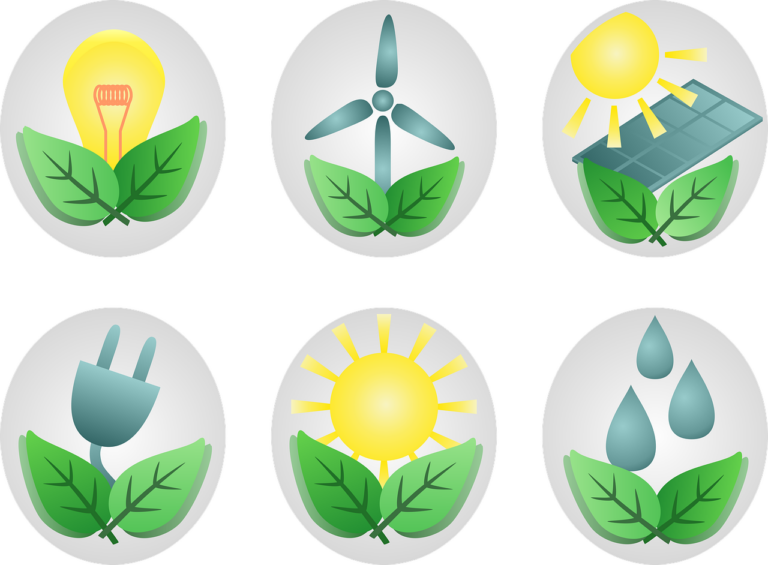
Photo: ©Hazel Oxenford
Coastlines stretching from Trinidad and Tobago to Anguilla, as well as beaches in Belize and southern Mexico, have been affected by the influx of sargassum algae which has been washing up in growing numbers on the shores of the Caribbean Sea for more than a decade. Easily identified by its brown colour and powerful stench, this algae in such increased volumes is seriously damaging tourism in island communities, catches in fishing industries and economies in general.
Even worse, no one knows when the sargassum will arrive in any given year or what amount might wash ashore.
Sargassum floats in a large mass on the ocean’s surface. It can provide food and refuge for fish, birds, crabs, shrimp and other marine organisms. In limited amounts, washed-ashore sargassum also plays a role in maintaining Atlantic and Caribbean coastal ecosystems, providing vital nutrients such as carbon, nitrogen, and phosphorus to coastal ecosystems and decreasing coastal erosion.
However, since 2011, up to three times the normal amount of sargassum has been washing ashore in the Caribbean, with this algae sometimes up to a metre deep.

Massive seaweed blooms damage fishing gear, boat engines and other fishing assets, and clog fishing harbours and mooring sites across the eastern Caribbean. That impacts fisheries directly, decreasing the landings of important species because fishers simply cannot access their normal catches.
“Sargassum plagues our ocean and our shoreline every year,” says Roger Kennedy, a fisher from Delaford Bay on the island of Tobago. Roger, like many fishers in his community, has fished all his life and is now finding that the huge and unpredictable increase in sargassum is affecting his life and livelihood.
“Whenever it washes ashore in large quantities the other fishers and I are prevented from accessing our boats. When we are at sea, my fishing lines get entangled with it and that badly affects my catch for that day.”
Now through the Climate Change Adaptation in the Eastern Caribbean Fisheries Sector Project (CC4FISH), FAO is working with fisherfolk, policymakers and scientists from the University of the West Indies’ Centre for Resource Management and Environmental Studies to increase the resilience of coastal communities and reduce their vulnerability to the deleterious effects of sargassum.

“Sargassum has been around forever. Christopher Columbus saw it in the Sargasso Sea, which was named after sargassum, when he crossed the Atlantic,” says Iris Monnereau, FAO fisheries expert based in Barbados. “It used to be confined to that area, but since 2011 it has been coming from a new area between Africa and Brazil and affecting the Caribbean region.”
The incidence and size of algal blooms in the Caribbean and West Africa has been growing due to rising water temperatures, fertilizer release into the ocean and increased Sahara dust clouds, which stimulate algal growth.
The sargassum influxes are causing increasing damage to the environment, biodiversity and coastal ecosystems. For example, decaying sargassum can smother coral reefs and restrict vital oxygen to fish in coastal areas. Marine mammals and turtles often drown when they become entangled in the algae.
It can additionally be damaging for human health. “Apart from its critical impact on fishers’ livelihoods, sargassum can cause headaches, nausea and breathing difficulties because it releases toxic gases when it decays along the shore,” says Monnereau.
Livelihoods lost
Barbados, Belize, and Trinidad and Tobago are among the worst affected countries. Fishers have been forced to change their fishing techniques and their target species in years when there is an abundance of sargassum.
Antonio Horsford, a 44-year-old fisher from the coastal community of Buccoo in Tobago, has been fishing for more than 20 years. “Sargassum is a pest. I catch flying fish for a living, and it drives them away. I have had to change two engines because the sargassum seeds flooded the engine. It’s costly for a fisherman.”
According to FAO’s research, the numbers of flying fish are down by 50 per cent in Barbados alone, while mahi mahi has fallen by 37 per cent. Fewer fish means fewer jobs throughout the value chain.
“That obviously impacts the fishers, but it also impacts everyone down the line because if there’s less fish, the prices go up and there is less work,” says Monnereau. “So it impacts the consumer, but also the market vendors because they have less fish to sell.”
Through CC4Fish, FAO is supporting communities across several Caribbean islands with adaptive management. That means helping them to improve the forecasting, monitoring and detection of sargassum, as well as building capacity and providing equipment and advice to assist with beach cleanups when an influx occurs.
Suzan Lakhan-Baptiste, Managing Director of the non-profit Nature Seekers organization, says support and equipment provided by FAO enabled her group to remove layers of sargassum and prepare a clean nesting space for sea turtles, which are a popular draw for tourists in Trinidad in Tobago. But she says the algae remains a huge problem.
Managing sargassum as the first step
Improving sargassum management is essential. FAO stated it not only supports best practices for sargassum cleanup and removal but is also working with governments and communities to develop policies, standards and incentives to protect public and environmental health.
Through the development of a sargassum uses guide, FAO stated it is additionally promoting ways to repurpose sargassum, turning it into commercially viable products to provide additional employment and income. In fact, sargassum is already being used by small and medium businesses to produce bricks, shoe soles, soaps, plant stimulants and paper. Larger enterprises are looking at converting sargassum into renewable energy, bioplastics and compost.
Significant strides have already been made in helping fishers to better detect and adapt to sargassum in the Caribbean.
Now initiatives to turn the algal blooms into an asset may create new employment opportunities and sustainable value chains in the future.
Source: the FAO News and Media office, Rome
– global bihari bureau





